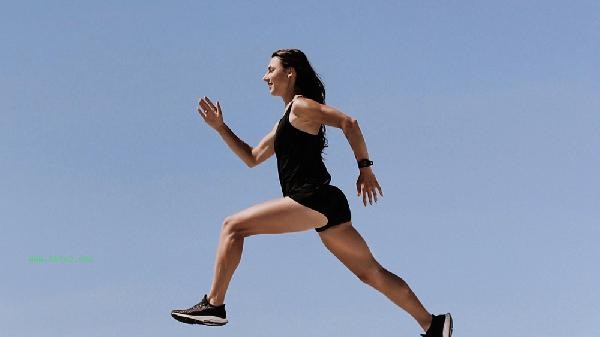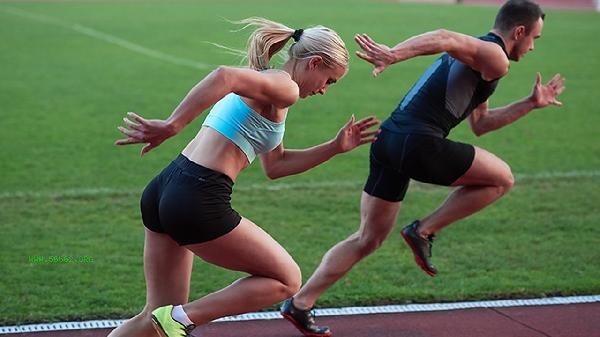When running and exercising, it is important to pay attention to controlling exercise intensity, selecting equipment, warming up and stretching, adapting to the environment, and monitoring body signals to avoid sports injuries and improve exercise effectiveness.

1. Exercise intensity control
First runners should start with low-intensity jogging, with a single session lasting within 20 minutes, gradually increasing speed and distance after adaptation. Avoid suddenly increasing the pace or extending the distance, as it can easily lead to muscle strain or joint strain. Intermittent running can be used, such as running fast for 1 minute and then walking slowly for 2 minutes in a cycle, to help the body adapt to the load. For middle-aged and elderly people, it is recommended to maintain a pace of no more than 8 minutes per kilometer and a heart rate of around 60% of the maximum heart rate.
2. Equipment selection
Choosing professional running shoes depends on the arch type of the foot. Flat feet are suitable for supportive running shoes, while high arches are suitable for cushioned running shoes. Clothing should be made of quick drying fabrics and avoid cotton. In summer, light colored breathable styles should be worn, and in winter, a three-layer dressing method should be used. Use a sports waist pack or arm to wrap your phone and avoid holding it in hand that affects balance. For those with a large body weight, it is recommended to wear knee pads, and for night runs, reflective strips or fluorescent signs should be equipped.
3. Warm up and Stretching
Dynamic warm-up includes high leg lifts, back kicks, and other movements lasting 5-10 minutes to slowly increase heart rate to around 100 beats per minute. After running, statically stretch each part for 15 seconds, focusing on relaxing the quadriceps, hamstring, and triceps muscles. Fascia gun relaxation can be performed within 48 hours after exercise, but avoid bones and joints. Pregnant women need to increase pelvic stability training before running.

4. environmental adaptation
Choose early morning or evening for high temperature weather, and reduce intensity when humidity exceeds 70%. When PM2.5 exceeds 150 on hazy days, it is necessary to switch to indoor treadmill training. Off road running requires attention to gravel and tree roots on the road surface, and reducing the stride when going up and down hills. When using a treadmill, adjust the slope to 1-3 degrees to reduce knee joint impact. Areas with an altitude exceeding 2000 meters need to adapt for two weeks before resuming regular training.
5. If there is joint pain, chest tightness or dizziness during body signal monitoring, exercise should be stopped immediately. The dark brown color of urine after exercise may indicate rhabdomyolysis. If the morning pulse continues to exceed the daily benchmark value by more than 10%, a rest day should be arranged. Use a sports wristband to monitor heart rate drift. If the heart rate increases by more than 5% at the same pace, adjust the plan. Patients with diabetes need to carry glucose tablets to prevent hypoglycemia.
Avoid high-fat diet for 2 hours before and after running, and supplement with carbohydrates such as bananas or whole wheat bread. Consuming 20 grams of whey protein within 30 minutes after exercise can help with muscle repair. Arrange 1-2 cross training sessions per week, such as swimming or cycling, to reduce repetitive sports injuries. Regularly conduct posture assessments to correct running posture, and it is recommended to change running shoes every 500 kilometers. A running diary records distance, physical sensation, and sleep quality for long-term optimization of training plans. If there is persistent pain for more than 72 hours, medical examination should be sought to rule out hidden dangers such as stress fractures.







Comments (0)
Leave a Comment
No comments yet
Be the first to share your thoughts!